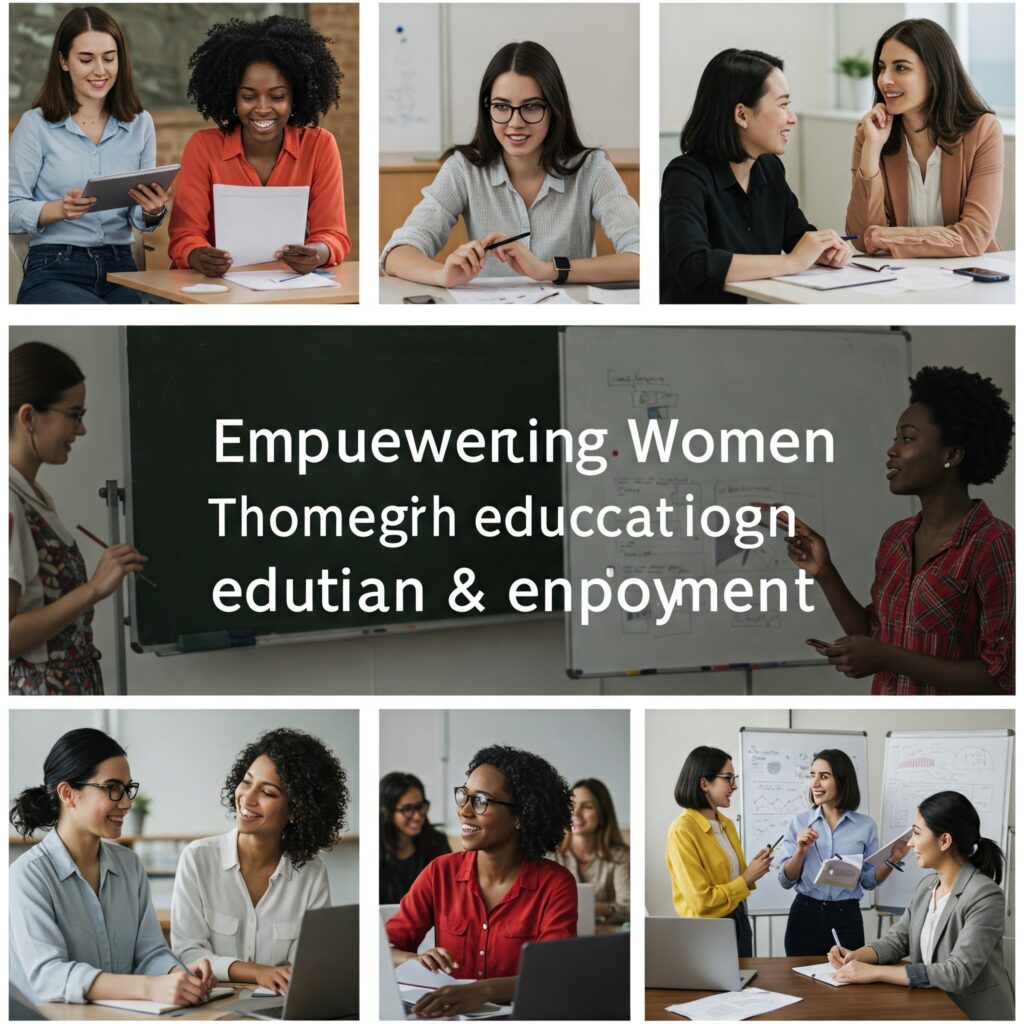Empowering women is essential for building a more equitable and progressive society. Education and employment are two of the most powerful tools that enable women to break barriers, achieve financial independence, and contribute meaningfully to their communities. By providing equal opportunities in learning and career growth, societies can uplift women and drive sustainable development.
1. The Power of Education in Women’s Empowerment
Education is the foundation of empowerment. When women receive quality education, they gain knowledge, confidence, and the ability to make informed decisions about their lives. Educated women are more likely to:
Pursue higher studies and career opportunities
Make healthier choices for themselves and their families
Challenge societal norms that restrict gender equality
Contribute to economic and social development
2. Breaking Barriers: Access to Education
Despite progress, many women still face challenges in accessing education due to poverty, cultural norms, and lack of infrastructure. Governments and NGOs play a crucial role in:
Providing scholarships and financial aid
Building schools and safe learning environments
Encouraging STEM education for girls
Promoting awareness about the importance of female education
3. Employment: A Path to Independence
Employment not only provides financial stability but also enhances self-worth and decision-making power. When women enter the workforce, they bring diverse perspectives, drive innovation, and contribute to national economic growth. Key factors in promoting women’s employment include:
Equal pay and workplace rights
Skill development and vocational training
Flexible work policies and maternity benefits
Encouraging women in leadership and entrepreneurship
4. Women in Entrepreneurship and Leadership
Women entrepreneurs play a crucial role in transforming economies. Supporting female-led businesses through funding, mentorship, and networking opportunities can lead to:
Increased job creation
Financial independence for women and their families
Economic resilience in communities
5. Overcoming Challenges and Moving Forward
While progress has been made, challenges such as gender discrimination, workplace harassment, and lack of opportunities still persist. Governments, corporations, and society must work together to:
Enforce gender-equal policies
Promote mentorship and leadership programs for women
Encourage men to support gender equality initiatives
Conclusion
Educating and employing women is not just about gender equality—it’s about creating a better world for everyone. When women are empowered, families prosper, communities grow, and nations thrive. By investing in women’s education and career opportunities, we pave the way for a brighter and more inclusive future.
